
 Mono pumps ... cost-effective and efficient.
Mono pumps ... cost-effective and efficient.
THE UK-based Mono Pumps has further expanded its wastewater equipment capability in the Middle East to eliminate pump blockages and the possibility of septicity in large terminal pumping stations.
The introduction of the Mono Discreen/Muncher combination provides large terminal pumping stations with a cost-effective and efficient solution for handling sewage inflow, the company says.
''The Muncher, a twin-shaft, slow speed, high torque grinder has proved its effectiveness in protecting submersible pumps and dry well centrifugal pumps at a number of smaller pumping stations in the Middle East, a company spokesman says.
He continues: "Traditional mechanically raked bar screens have high disposal costs and low efficiency. With deep sumps there is a high transfer cost for transporting screenings from the raked bar screen to ground level for disposal - a messy, costly and time-consuming exercise.
"By installing a self-cleaning Discreen with the high torque Muncher, all solids are disintegrated into small particles, therefore eliminating blockages and improving efficiency of the pumps.
"The Discreen allows the water to drop directly into the sump whilst presenting the heavy solids to the adjacent Muncher. Screenings are then presented to the pumps without causing any problems and are pumped away for treatment.
"Installation of the Muncher eliminates screening, washing, compacting and disposal. "By treating the solids in the flow, secondary transfer costs are also eliminated because screenings are maintained within the flow, and odour control requirements are minimal as screenings are not building up on the bar screen or floating on the surface.
"Low speed and low shear, a Muncher doesn't agitate the sewage, resulting in less gas emission. The unit is also available in stainless steel to combat high ammonia levels."
The company says water treatment companies and consultants will find the Discreen/Muncher package a perfect solution when future legislation imposes stringent limits on the allowable biodegradeable content of sewage screenings, restricting disposal options and increasing secondary processes.






.jpg)









.jpg)


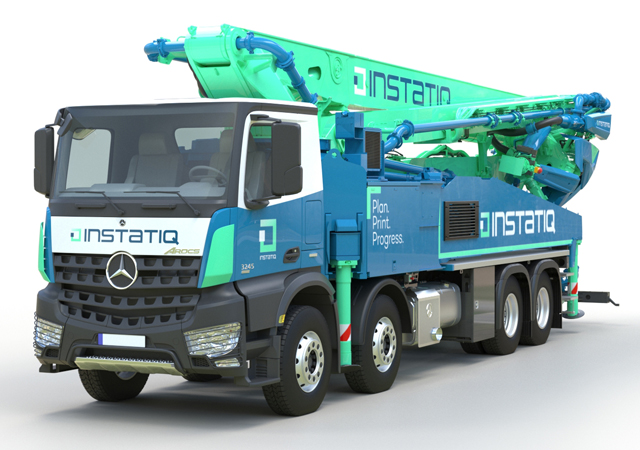


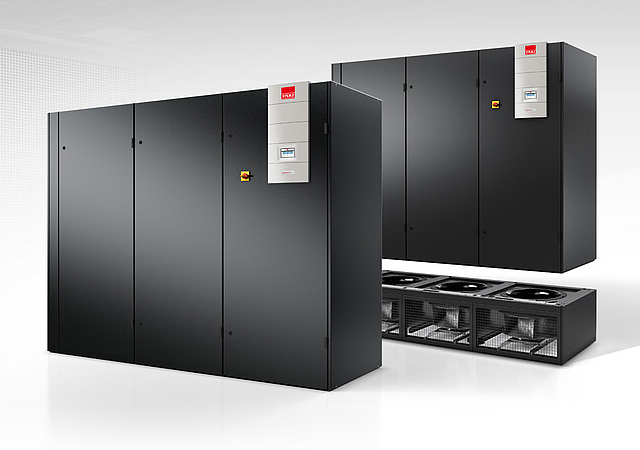


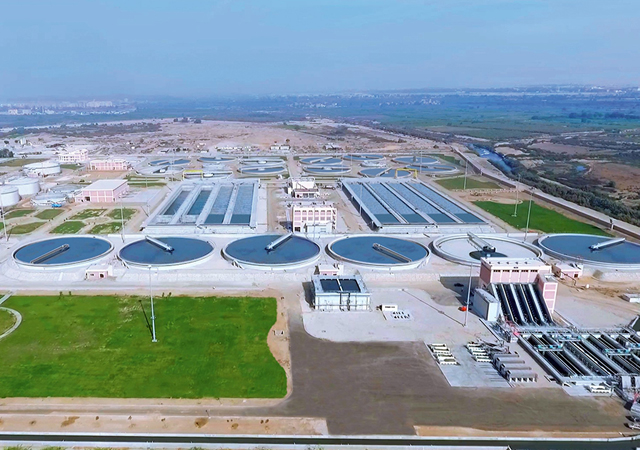






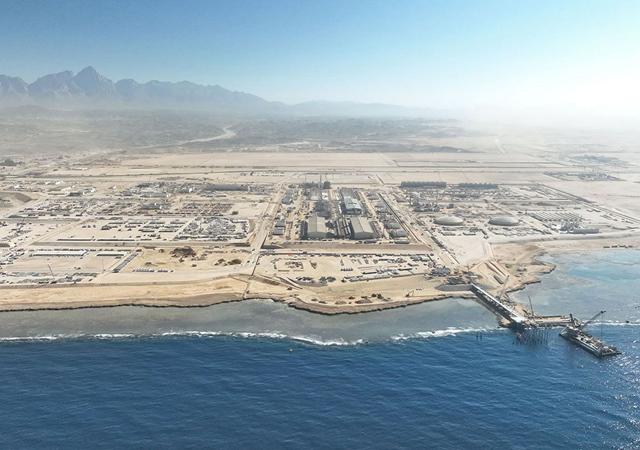
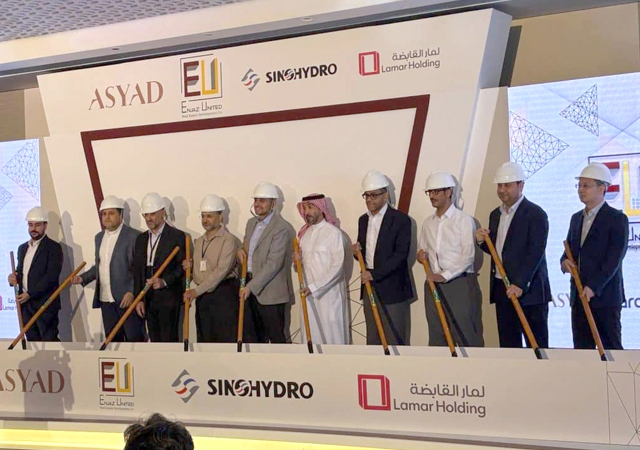

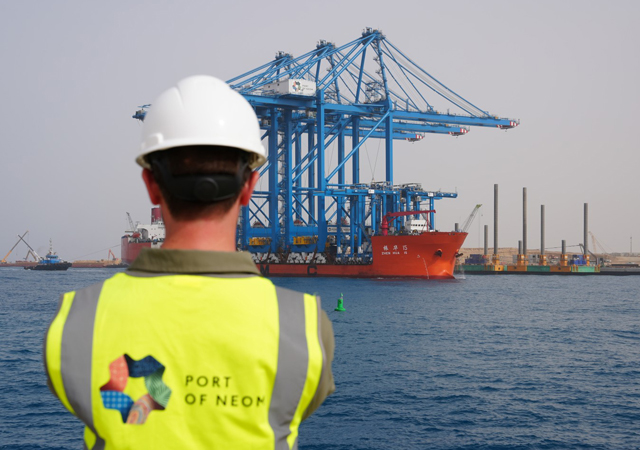

















.jpg)



